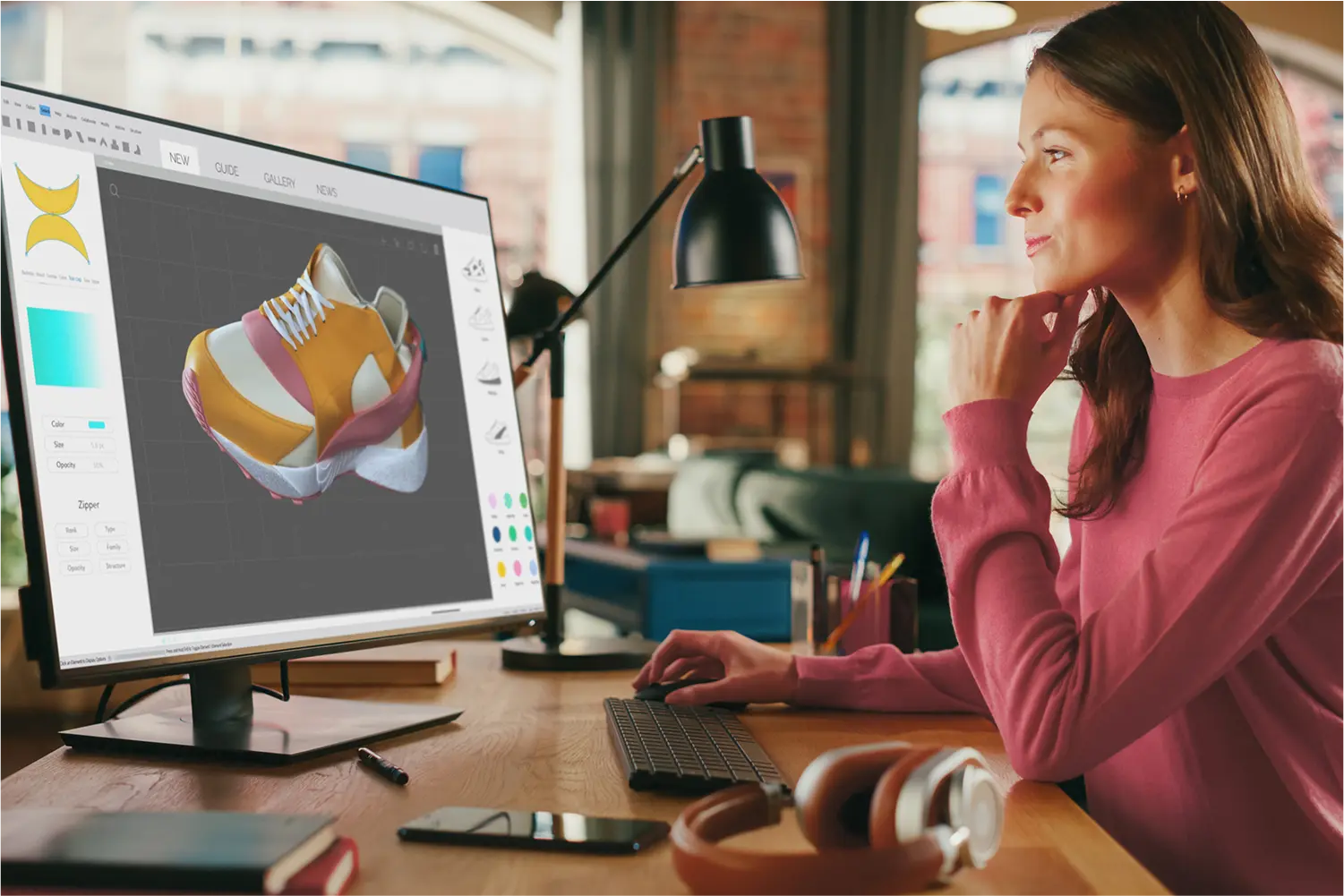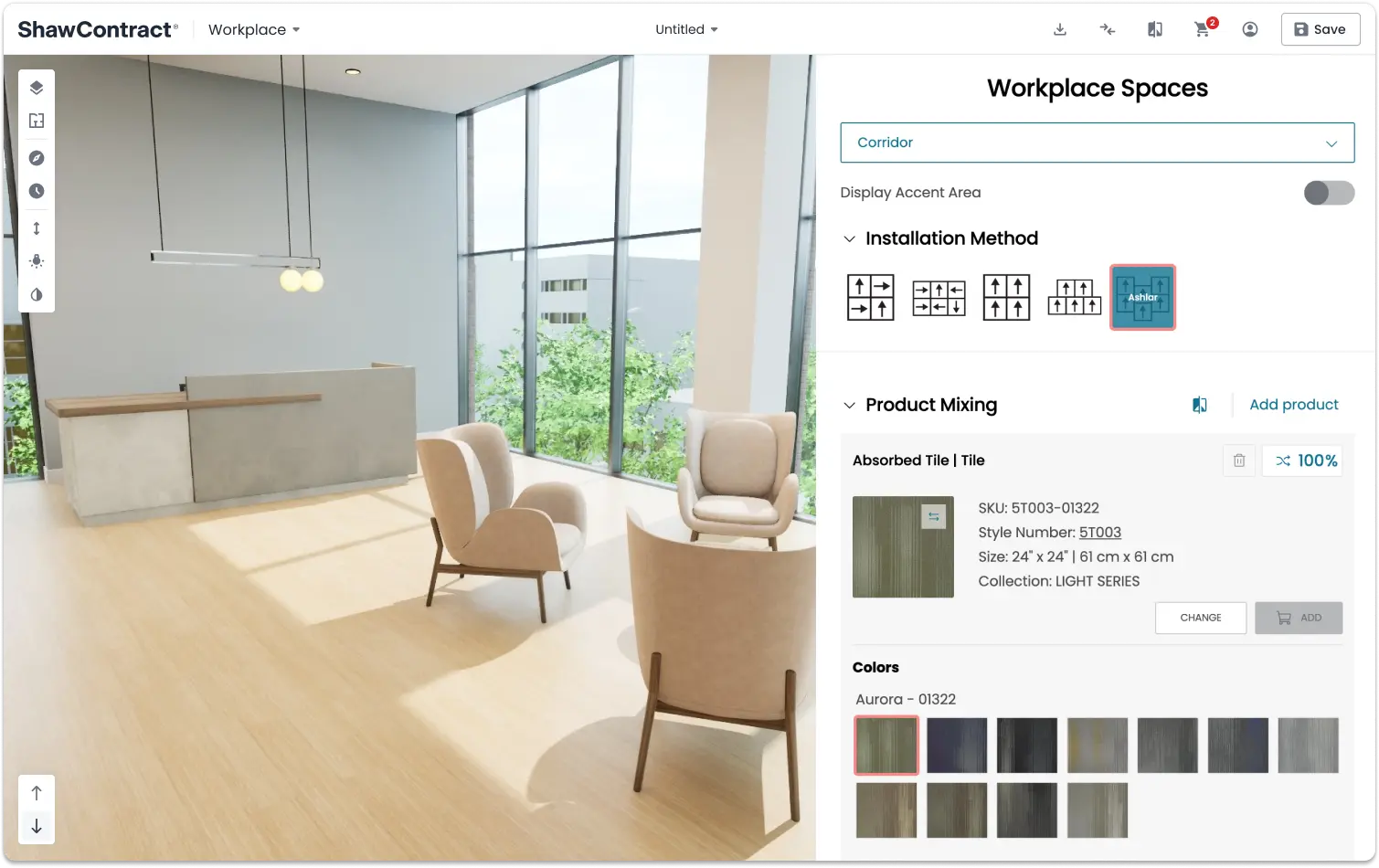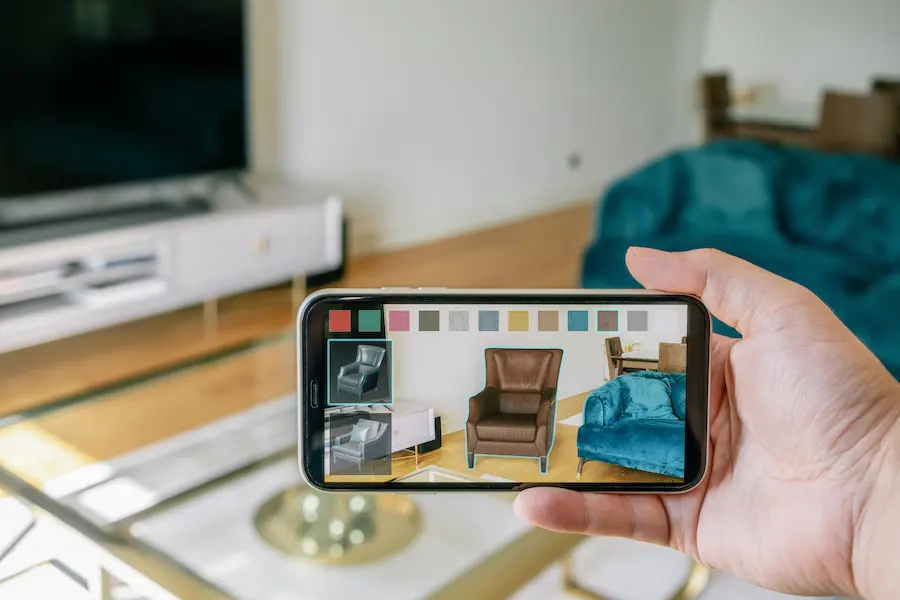When customers shop online, they want more than fixed options, they want control. An eCommerce product configurator gives them just that: the power to personalize products before purchase. This capability turns a standard shopping experience into something more interactive, memorable, and trustworthy.
Whether you’re selling sneakers, furniture, or modular workstations, giving buyers the ability to configure products increases satisfaction and reduces uncertainty. In a crowded eCommerce space, configurators aren’t just nice to have, they’re a proven tool to increase conversions and customer retention.
Custom shopping experiences also contribute to brand loyalty and retention. A 2024 Deloitte study revealed that 1 in 5 customers that want more personalization, are willing to pay 20% more for it. That makes product configurators more than an interface, but a growth driver.
Additionally, configurators help differentiate your brand from competitors. With so many similar offerings across online platforms, offering an immersive, tailored experience can set your store apart. This can be the deciding factor for buyers comparing multiple brands.
What is an eCommerce product configurator?
An eCommerce product configurator is a software tool that lets online shoppers customize a product’s attributes, like color, material, size, or functionality, while viewing live visual updates. It enables buyers to experiment with options and finalize a product tailored to their needs.
Shoppers may interact with a 2D or 3D product configurator, selecting from predefined features or building something from scratch. The configurator updates visuals and pricing automatically, allowing customers to preview their exact selections in real time.
In some cases, product configurators also allow users to upload personal graphics, logos, or text. This is common in apparel or promotional merchandise, where brand identity or personalization plays a large role in the decision making process.
Modern configurators often include AR (augmented reality) functionality, enabling customers to visualize their customized product within their physical space via smartphones or tablets. This adds another layer of trust and reduces doubts before checkout.
How does an eCommerce product configurator work?
The configurator functions by connecting a visual frontend to a structured backend of product data and rules. As users make selections, those choices update a central product model using visual configuration tools.

Advanced configurators integrate with PIMs, CRMs, and inventory systems to streamline data updates and production workflows.
Some tools also offer design validation, ensuring that only feasible options are available. One product configurator example includes a customer customizing a stool might be prevented from selecting incompatible leg styles or seat dimensions. This reduces confusion, enhances trust, and improves backend efficiency.
Many platforms also provide analytics dashboards that track customer preferences and behavior. Businesses can use this data to inform future product designs, marketing strategies, and inventory planning, leading to smarter decisions and better ROI.
Key benefits of using a product configurator for eCommerce
Configurators serve both the buyer and the eCommerce business. Below are the top reasons why eCommerce product configurators have become critical to digital success:
Reduces buyer hesitation
Shoppers can see exactly what they’re getting. Real time visualization of custom options lowers the barrier to purchase by making outcomes predictable and confidence driven.
This is particularly powerful for big ticket items, like custom furniture or tech hardware, where uncertainty is often the leading cause of abandoned carts.
Minimizes product returns
Buyers are less likely to experience surprises. By showing true to scale visuals, buyers feel confident in their choices.
Brands selling items that can’t easily be returned, like made to order goods, benefit significantly from this reduction in post purchase friction.
Enhances engagement
Interactivity is inherently more engaging than static images. Giving customers creative control encourages them to spend more time with your brand and explore more deeply.
Some brands even encourage customers to share their customized creations on social media, generating organic traffic and word of mouth promotion.
Improves customer satisfaction
Customization delivers a sense of ownership. When shoppers design products themselves, they feel more connected, increasing satisfaction and loyalty.
This emotional connection often translates into higher repeat purchase rates and stronger brand advocacy over time.
Speeds up the buying cycle
Instant quotes and automated validation mean no waiting for manual responses. Customers can complete purchases faster, and production can start sooner.
Businesses reduce quote request bottlenecks, freeing sales teams to focus on high value consultations rather than routine customizations.
Boosts operational efficiency
Configurators reduce repetitive work for sales and support teams. Smart logic, automatic order creation, and integrations help eCommerce businesses save time and cut errors.
They also optimize inventory forecasting and minimize manufacturing mistakes, leading to cost savings in both production and logistics.
Real world examples of product configurators in eCommerce
Here are a couple of real demos from 3D Source that show how visual configuration has served different industries and product categories.
Bike configurator
This interactive tool allows users to customize various components of a bicycle, including frame size, color, decals, and suspension details. Shoppers can toggle between neon green or matte finishes and see real-time changes to pricing and product visuals. It’s a strong example of how brands can support complex technical purchases with clarity and confidence.
Flooring showroom visualizer

In this immersive demo, users can walk through a virtual showroom to explore carpet tile layouts, installation methods, and color mixes. They can experiment with product combinations inside an architecturally realistic space. This helps B2B flooring retailers and interior design brands show clients how configurations affect the look and function of a room.
Why customization is key to future proofing your store
eCommerce product configurators help businesses move from transactional sales to personalized shopping experiences. They reduce uncertainty, improve clarity, and provide data insights that inform product development and marketing.
Whether you offer five variants or five-hundred, configurators scale with your catalog. Leading brands are using them not just for aesthetics, but to improve backend efficiency and customer satisfaction.
Industry data continues to prove the case: personalized products drive stronger loyalty, longer engagement, and greater customer lifetime value. That’s why industries from apparel and furniture to electronics and B2B equipment are increasingly embracing configurator tools.
To build customer trust and drive long term growth, tools like a 3D product configurator are more than useful, they’re strategic. Learn how 3D Source can help you bring configurator technology to your store and take personalization to the next level.





